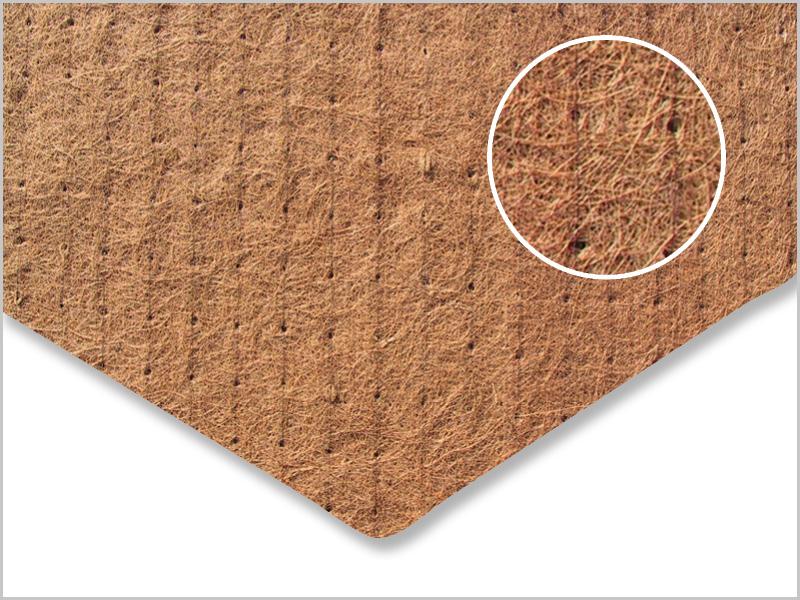
Biomac waterlogs are tubes filled with tighlty packed coconut fibres and bound with coir netting. Coir logs are 100% biodegradable, perfectly blending in with the natural environment and habitat for both plants and animals. Ideal for establishing vegetation, managing water velocity changes in streams and rivers, stabilising shorelines and shaping channels.
Often used in and around open drains to slow water runoff, produce a natural wall or protection barrier for surrounding plants and soil, and capture sediment in drainage lines and swales.
Biomac waterlogs can also be used for sediment entrapment, wave and wind protection of:
- Environmentally sensitive areas where there is a requirement for the product to naturally break down and blend into the natural surroundings
- River banks and streams
- Coastal shorelines, where it can also be used as an alternative to rip rap along shoreline structures
- Swale drains
- Steep slopes and gullies where the installation of silt fence would be difficult
- Open drains along roads where water and sediment can be captured
- Gutters and footpaths


WHY CHOOSE BIOMAC WATERLOGS?
- Helps to stabilise riverbanks and minimise long term environmental impact from heavy flow and sediment movement
- Offers a solution to scour repair and river stabilisation in sensitive environments, compared to heavier hard faced solutions
- Acts as a micro-climate to promote plant growth
- Made from 100% coir netting which slowly biodegrades within 4 to 10 years, depending on site conditions
- Provides immediate protection to shorelines once installed
- Flexible structure that allows it to curve and adapt to any ground surface, existing vegetation and river banks
- Quick and simple installation
- Variable lengths available, ranging between 2 to 6 metres
Installation
Biomac waterlogs are normally installed with wooden stakes at the mean water level and then suitable plants are installed into the top part of the log. Depending on the application, coir logs can be:
- Stacked in several layers
- Strung together to form a shoreline chain
- Fitted traverse to the flow of the river on a layer of brushwood which juts out into the stream





